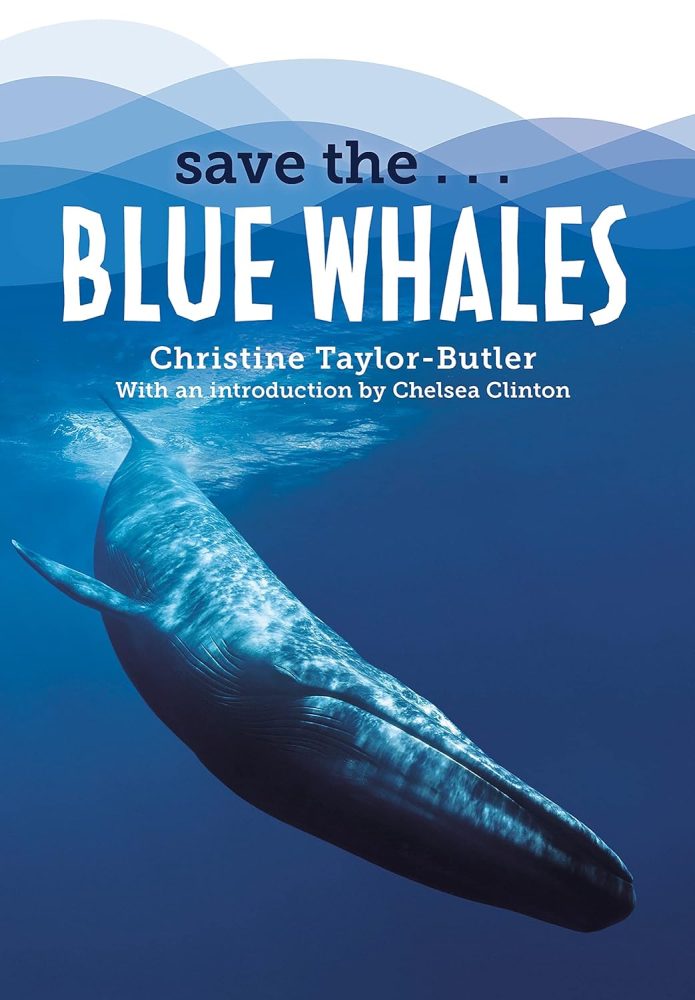Thank you for visiting!
This is one of a series of books, each with an introduction by Chelsea Clinton, which discusses these fascinating creatures, asks why they’re threatened, and focuses on what we can do to help. In this case, the book focuses on frogs. It is engagingly written and seems both accurate and helpful. The book is hardback, well printed, on uncoated, cream-colored paper. There are a few black-and-white photos, but it’s mostly text. The frog’s lifecycle is described, along with how frogs have been affected by pollution and how that’s altering the environments in which they live. The book ends on a hopeful note, including a list of “How You Can Help Save the Frogs.”
This engaging and informative series of books each focuses on a different animal, with chapters on the animals, how they live, and the ecological niche they fill. Then, it talks about them being threatened, and how they’re being impacted by their environment and humanity. Then, it ends with a list of things everyone can do to help save them. In this case, the book features the largest of animals, the blue whale. It’s a fascinating book, well-written, hardcover, with a few black-and-white photos, too. I didn’t realize that blue whales don’t travel in pods, like other whales do. They usually swim about five miles per hour — slower than I’d have thought — although they can swim up to 30 mph, like if they’re trying to catch some krill, the small shrimp they life eat. The largest of animals lives off one of the smallest! This is a fascinating book that any young whale lover will enjoy!
Giraffes are some of the most… surprising animals in the world. There are so many unique things about them, yet they’re so elegant and beautiful, too. This wonderful book, in an outstanding series, describes them remarkably well, using short, punchy sections that help move readers forward, with engaging writing and black-and-white photos, too. The book describes how giraffes are being impacted by global climate change. I love the upbeat listing of what we can do to help giraffes, like celebrating World Giraffe Day on June 21 — the longest day of the year for the longest neck in the animal kingdom. This, and the entire series, would be a great addition to any school or public library or any animal lover’s personal library.




